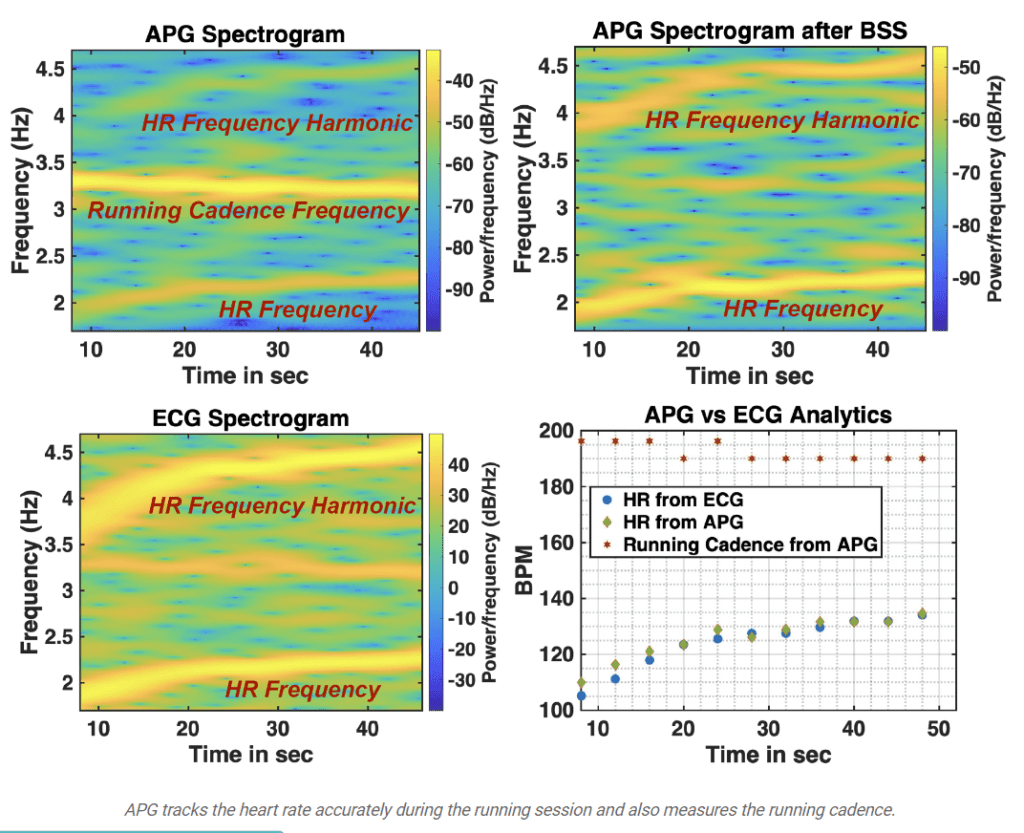TL;DR:
- Google AI introduces Audioplethysmography (APG) for ANC headphones, merging health monitoring and noise cancellation.
- APG eliminates the need for extra sensors, improving design simplicity and battery life in ANC wearables.
- APG utilizes low-intensity ultrasound signals to detect subtle changes in the ear canal, providing accurate cardiac data.
- It leverages a cylindrical resonance model for precise pulse-like waveform extraction, even during physical activities.
- APG’s inclusivity makes it suitable for diverse users, regardless of skin tones and ear canal sizes.
Main AI News:
In the ever-evolving landscape of consumer electronics and health technology, the fusion of health monitoring capabilities with active noise canceling (ANC) wearables has captured the industry’s attention. Traditionally, achieving this synergy necessitated the incorporation of supplementary sensors, resulting in complex hardware setups and compromised battery life. Responding to these challenges, Google’s research team has introduced a groundbreaking innovation – Audioplethysmography (APG), a game-changing technology that empowers ANC wearables to perform precise cardiac monitoring without the need for additional hardware components. This pioneering approach promises to revolutionize the consumer health sensing landscape, providing an accessible solution for heart rate and heart rate variability monitoring.
Before the advent of APG, integrating a multitude of sensors and microcontrollers for health monitoring within ANC wearables presented significant obstacles, ranging from design intricacies to cost constraints. The research team’s solution lies in the utilization of APG, a methodology that entails transmitting a low-intensity ultrasound signal through the headphones’ speakers, followed by the capture of modulated echoes through the feedback microphones. This innovative technique enables the detection and analysis of subtle changes in the ear canal, offering invaluable insights into the user’s cardiac activities, all while preserving the device’s design and battery life integrity.
At the core of APG lies a cylindrical resonance model, facilitating the extraction of a pulse-like waveform that closely mimics the user’s heartbeat. Leveraging channel diversity and coherent detection, APG exhibits robustness against motion artifacts, ensuring superior signal quality and accurate monitoring across a spectrum of physical activities. The research team’s successful demonstration of APG’s efficacy in measuring heart rate and heart rate variability, even during users’ engagement in diverse biological activities, positions it as a promising and dependable method for cost-effective health monitoring through consumer-grade ANC headphones.
The implementation of APG marks a substantial leap forward in consumer health sensing, as it surmounts the limitations associated with existing methods while upholding device performance and design simplicity. By harnessing the potential of ultrasound technology, the research team has devised a technique that maintains its robustness and accuracy, regardless of users’ dynamic physical activities or diverse physical attributes. This groundbreaking advancement holds the potential to usher in the widespread adoption of health-sensing technologies in consumer-grade ANC headphones, ushering in an era of increased accessibility and convenience in health monitoring for a broader demographic.
Furthermore, APG’s unique advantages extend beyond its technical prowess. Unlike conventional methods, which often grapple with accommodating varying skin tones and ear canal sizes, APG exhibits remarkable resilience to such variations. This inclusivity enhances APG’s accessibility and applicability across a diverse user base, ensuring that its benefits can be enjoyed by individuals from all walks of life.

Source: Marktechpost Media Inc.
Conclusion:
Google AI’s APG technology represents a game-changing development in the consumer health monitoring market. By seamlessly integrating cardiac monitoring into ANC headphones without compromising design or battery life, it opens up new possibilities for the industry. The inclusivity of APG further expands its potential user base, making health monitoring more accessible and convenient for a broader population. This innovation is poised to reshape the market by driving increased adoption of health-sensing technologies in consumer-grade ANC headphones.

